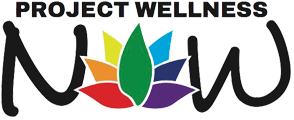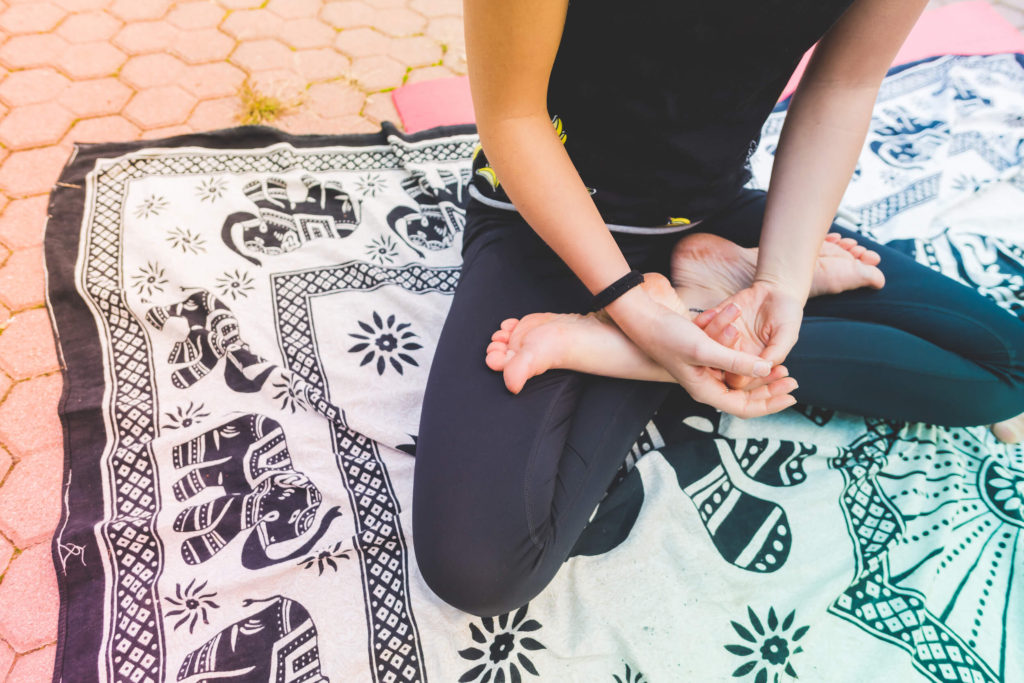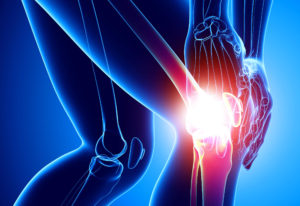You’ve probably heard about meditation – and perhaps also about some of its many physical, mental, and emotional benefits, such as relaxation, stress relief, better sleep, improved powers of concentration, increased intelligence and mental clarity, enhanced insight, and creativity, a ripening of compassion, vibrant energy, and equanimity.
You may also have noticed that there are lots of different things that call themselves “meditation.” And perhaps you’re wondering: what do all these various techniques have in common? What’s the essence of a meditation practice? And what makes it uniquely powerful? Read on for answers to these questions, and more.
Knowing, Shaping & Liberating The Mind
In her best-selling book Meditation Now: A Beginner’s Guide, Elizabeth Reninger offers the following overview of meditation:
“Simply put, meditation techniques are tools for knowing, shaping and liberating the mind. In the same way that cardio or weight-training helps you cultivate a healthy, strong and flexible body, meditation practice helps you cultivate a healthy, strong and flexible mind. It also gives you access to a subtle level of awareness (your own inner wisdom) from which you’re able to perceive reality directly and with great clarity.”
And elsewhere Ms. Reninger lets us know that:
“The most general purpose of meditation is to cultivate an abiding sense of well-being throughout life’s activities.”
The common thread of any meditation technique is its experiential nature. To understand what meditation is requires that you sit down and do it. Eventually, this “doing” of meditation will end up feeling more like a simple “being” – as we become comfortable tuning into the aware presence that is the background of all of life’s experiences.
Turning The Light Around
For most of us who have been raised in Western culture, our attention is habitually focused on the objects and events of the external world. What we have been taught to pay attention to are, almost exclusively, the “things” around us. We’ve been trained to notice what’s appearing in the world, and – to a lesser extent — what’s happening in our bodies (e.g. feelings and sensations) and in our minds (e.g. thoughts and internal images). In other words, our focus is directed almost entirely to the content of our experience.
But there’s another dimension to experience – which meditation helps us to access. It is the space of aware presence, which is the unchanging “container” for the ever-changing events of the body, mind, and world. The essence of meditation is to “turn the light of attention around” – which means to become more interested in our simple being-ness: the awareness that is always here now – regardless of the contents of our experience.
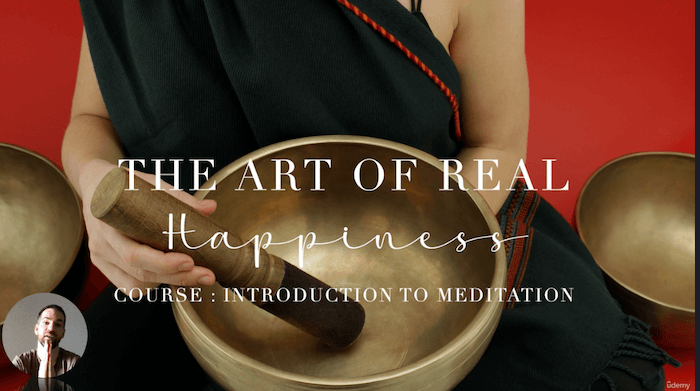
Tuning Into Aware Presence
You can tune into this aware presence right now, by conducting this simple experiment:
1. Notice that, right now, you are aware of these words appearing on the screen of your computer (or phone). These words are, right now, the content of your experience.
2. Now, close your eyes – and with your eyes closed, you’ll notice that (of course!) these words are no longer appearing. But even without the content of the words, still, there is an aware presence. Even though the words are no longer appearing, you (as this aware presence, this sense of “I am”) have not disappeared.
The Source Of Lasting Happiness
The phenomena of the world – people, objects, and events – come and go. Because they come and go, they cannot be a source of lasting happiness. But the awareness that is aware of those objects remains. And this unchanging aware presence is the source of true and lasting peace and joy. It is the source of unconditioned happiness: which is, of course, what we all most deeply desire.
Regardless of the specific technique, the essence of meditation is to support us in recognizing this unchanging awareness that is the source of unconditioned peace and causeless joy.
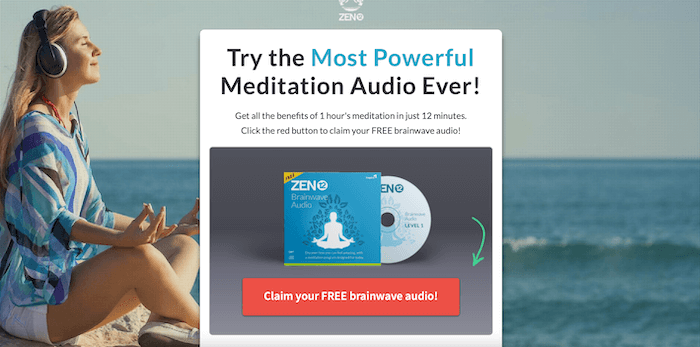
YOU MAY ALSO LIKE:
FIVE TIBETAN RITES DEMONSTRATION
The Five Tibetan Rites are also known as The Five Tibetans, The Five Rites, or The Five Rites of Rejuvenation. The…
COLOSTRUM BASICS: WHAT IS IT & WHY IS IT USED AS A SUPPLEMENT? (PART ONE)
While it may seem strange for humans to use bovine (i.e., cow) colostrum as a supplement, there are many excellent reasons…
WHAT ARE THE HEALTH BENEFITS OF SWEET POTATOES?
TOP 10 SWEET POTATOES HEALTH BENEFITS VERIFIED BY SCIENCE 1. Improving insulin sensitivity in diabetes: Type 2 diabetes sufferers may have…
HOW HUNGER PANGS CAN MAKE YOU SMARTER AND PREVENT ALZHEIMER’S
By Esse Johnson The sensation of hunger is a result of metabolic signals. The primary hunger communicator we know of is…
HOW EXERCISE CAN HELP YOUR JOINTS
By Kevin Jones People who work out tend to focus on goals like burning calories and toning their muscles, often forgetting…
THERE IS A 100% TOXIN-FREE WAY TO DYE YOUR HAIR
Much to their collective horror, women are learning about the dangers of toxins in their beauty supplies. Thanks to organizations like the…
